Growing crops in vertical layers are known as “vertical farming” or “vertical urban farming.” It regularly uses soilless farming methods like hydroponics, aquaponics, and aeroponics, as well as controlled-environment agriculture, which tries to optimize plant growth. Buildings, shipping containers, tunnels, and abandoned mine shafts are a few examples of popular structures used to accommodate vertical farming systems. Let’s check out a guide to understand vertical urban farming below
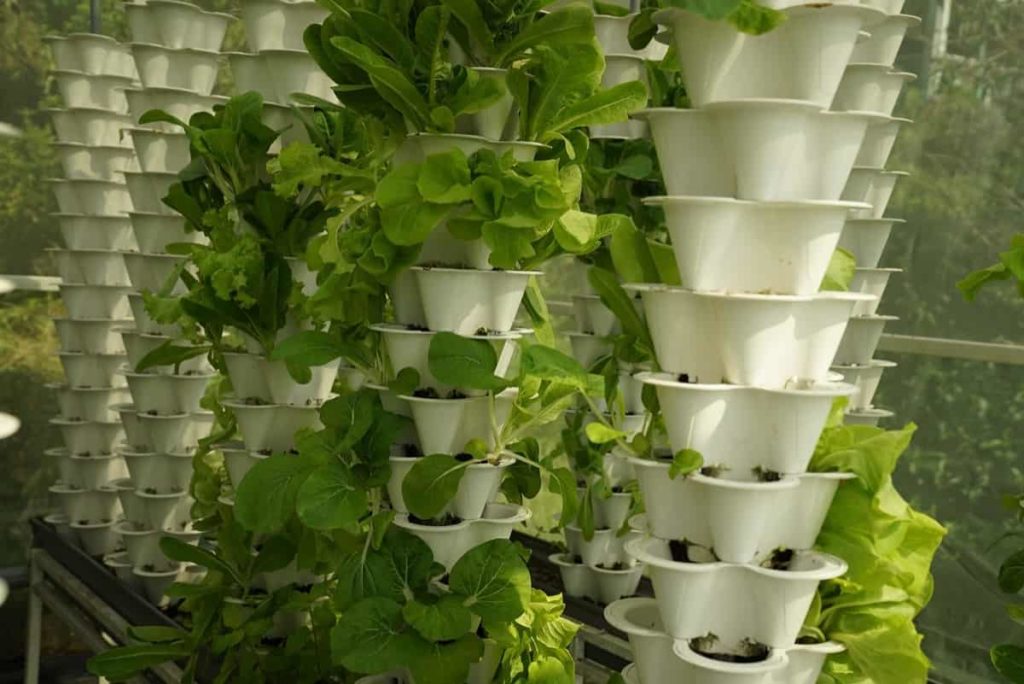
Around 30 hectares (74 acres) of active vertical agriculture exist worldwide as of 2020. Utilizing vertical farming methods has several benefits, but the major one is the higher crop production that comes with a smaller area of land requirement. Another ideal benefit is the higher capacity to grow a wide range of crops simultaneously because they do not share the same growing plots of land. Because crops are grown indoors, they are weather-resistant, fewer crops are lost due to extreme or unforeseen weather conditions.
Because vertical urban farming only uses a small amount of land, it has less of an impact on the local vegetation and wildlife and helps to preserve it. Due to this, vertical farming firms have been able to raise levels never seen before in the Middle East and North America. The main investors in the sector today include venture capitalists, governments, financial institutions, and private investors. Technologies in vertical urban farming face financial difficulties because they require more capital than regular farms do.
A “hypothetical 10-level vertical farm” in Victoria would cost approximately 800 times more per square meter of farmland than a regular farm in rural Victoria. In addition, because LEDs are used as supplemental lighting in vertical farms, there are also high energy requirements. However, if non-renewable energy sources are utilized to meet these energy needs, vertical farms may pollute the environment more than traditional farming or greenhouses.
In case you missed it: Common Rabbit Diseases, Symptoms, Treatment: Check How this Guide Helps Rabbit Farmers
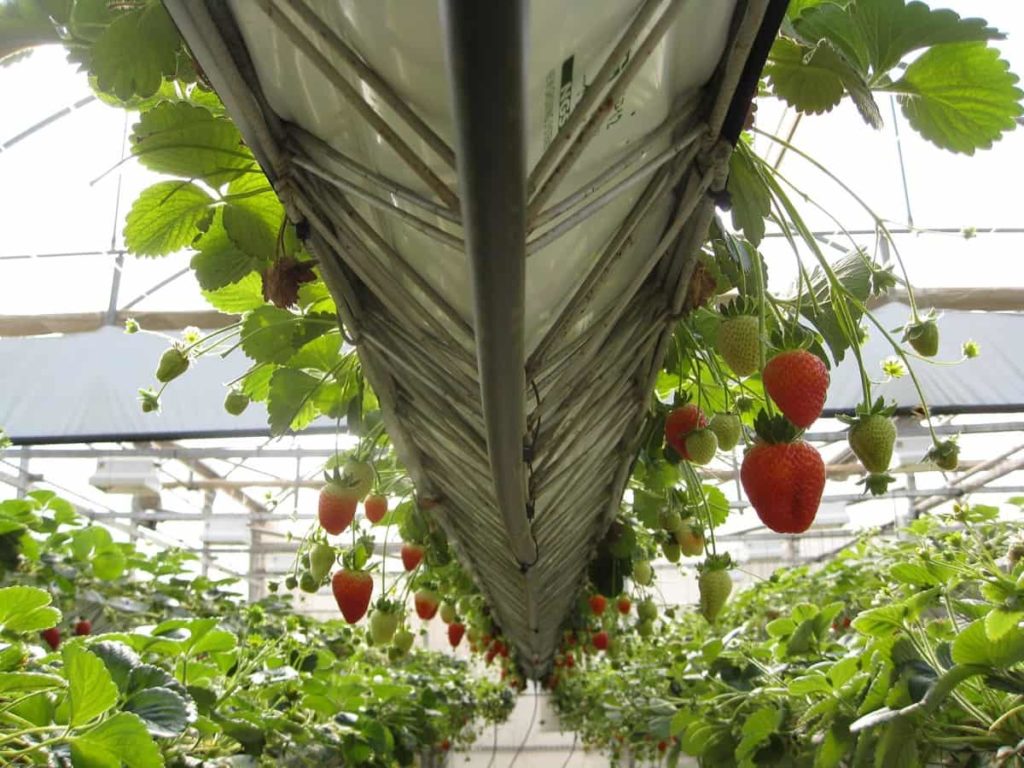
A guide to understand vertical urban farming/gardening
How can I start vertical farming?
- Vertical farms are becoming more and more popular as a means of indoor plant cultivation. However, many investors who believed they could just purchase an empty warehouse, connect some led lighting, and produce flawless heads of lettuce have been let down. Here are some essential lessons for building a successful vertical farm.
- Having a grower that is knowledgeable in indoor plant growth is essential when starting an indoor farm. The internet of things and new (sensor) technologies provide excellent prospects for indoor farming, but without a grower, you won’t get the most out of your setup. Even with fantastic marketing materials and packaging, the success of your business will ultimately depend on the quality of your product.
- These are some of the main important aspects that will affect whether the vertical farm investment is a success or a disaster. They are crop selection, lighting selection and design-in, airflow design and climate control, spacing strategies for plants, irrigation, and nutrition.
- When considering how to maximize the return on investment for a vertical farm, we put a lot of effort into designing a space that enables you to produce the greatest crop output (measured in grams) while utilizing the optimum level of light (measured in moles or mol). That’s because the infrastructure and operation costs for city farming, including your LED grow lights among the highest.
What are the types of vertical farming?
- Hydroponics: Growing plants without soil is referred to as hydroponics. In hydroponic systems, plant roots are immersed in liquid solutions containing trace elements including iron, chlorine, manganese, boron, zinc, copper, and molybdenum, as well as macronutrients like nitrogen, phosphorus, Sulphur, potassium, calcium, and magnesium. In addition, soil replacements like gravel, sand, and sawdust are used to help the roots because they are inert (chemically inactive) mediums.
- Hydroponics can maximize yield per area while utilizing less water. According to a study, hydroponic gardening can increase lettuce yield per area by about 11 times while using 13 times less water than conventional farming. Hydroponics is the most common growing method utilized in vertical farming because of these benefits.
- Aquaponics: Aquaculture, which describes the practice of raising fish, and hydroponics, which describes the process of growing plants without soil, were combined to form aquaponics. By combining the growth of terrestrial plants and the growth of aquatic creatures in a closed-loop system that resembles nature, aquaponics advances hydroponics.
- Aquaponics, which also contains an aquacultural component, is currently less popular than traditional hydroponics because most commercial vertical farming systems concentrate on growing a small number of quickly growing food crops.
- Aeroponics: Aeroponics, in contrast to traditional hydroponics and aquaponics, does not need a liquid or solid medium to grow plants. Instead, air chambers where the plants are hanging are misted with a nutrient-rich liquid solution. Aeroponics, which consumes up to 90% less water than even the most effective traditional hydroponic systems while requiring no replenishment of the growing medium, is by far the most environmentally friendly soil-less growing method.
In case you missed it: Organic Farming in the World: Check How this Guide Helps Beginners
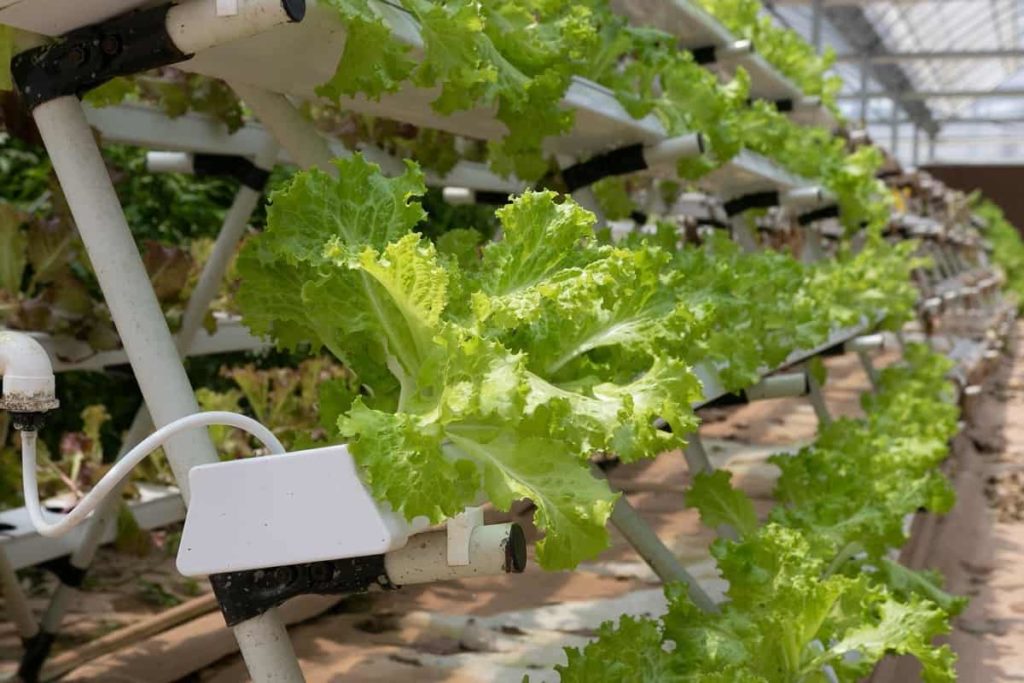
What should I study for developing vertical urban farming?
- Knowledge of plant science, plant nutrition, and integrated pest management are essential for a vertical farmer. Beyond that, it will be crucial to understand engineering, mechanics, and equipment. If a mobile tray, a pump, or a machine fails while working in a greenhouse, vertical farm, or soil-based farm, you need to understand the mechanics of your system to fix it quickly.
- Obtaining a degree in biological systems, plant science, agriculture, or horticulture, as well as acquiring some practical experience in a CEA enterprise, no matter how tiny or new the farm, gaining experience there can help you identify areas where you can have an impact.
- Even today, seeking a career in CEA or field-based agriculture can benefit from understanding the fundamentals of agriculture or horticulture from an agricultural school.
How much does it cost to set up vertical farming?
- Vertical farm costs will vary depending on the product you choose and the amount of space you intend to use. However, if you are not establishing it for profit and are only using it for your family, then Rs. 4,000 to 5,000 is enough. Depending on your demands, you may increase this amount to Rs. 8,000 to 9,000. However, if you invest a small sum, your options for products are limited.
- Vertical farming is quite popular when investing in small indoor spaces like balconies or single rooms because it is more than enough for a single-family, and the investment is also low. However, the popularity declines when planning for business (large space) in vertical farming because it requires huge investment.
- Cost of a commercial hydroponic farm: An investment of money between Rs 110 lakhs and Rs 125 lakhs will be needed for one acre of land for a hydroponic farm approximately.
How much land is needed for vertical farming?
- A lot more seeds can be planted per acre on vertical farms than on regular farms since they can stack numerous plants on top of one another. This implies that farmers may plant much more seeds in the same amount of space and still give each one of the seeds the space they need to grow, in addition to the benefits gained by putting plants indoors and away from pests and weather or climatic problems.
- A vertical farm can produce 40 times more yield than an outside farm would. When you look at statistics, it is simple to understand the advantages of this developing strategy. A vertical farming greenhouse can frequently produce the same amount of food in one acre of an area that conventional farming would require 40 acres to produce.
What are the disadvantages of vertical farming?
- An expert is usually required to set up a vertical farm because it is a rather sophisticated structure. Because vertical farming is a relatively new field, few people have hands-on expertise in it. Therefore, it could be challenging to hire qualified staff.
- The initial expenditure is high because developing a commercial plant involves a great deal of complexity. Therefore, we must be attentive while choosing our options when developing the farm. In addition, changing a facility’s design can be difficult once construction has begun, which could add to high costs.
- A vertical farm that entirely indoors requires artificial lighting throughout the day. Therefore, even with LED lighting, the cost of electricity will be very high.
- But when it comes to the cost model for a vertical farm, more than only personnel and electrical costs must be considered. Components will need to be changed or serviced over the course of their useful lives due to the high complexity and continuous running of the plant, which will increase the cost of maintenance.
Is vertical farming healthy?
- With the ability to farm vertically inside one’s own house, consumers may now harvest their crops just before eating, leading to plants with higher nutritional content, better-tasting greens, and a large reduction in food waste.
- To help keep the plants alive until the consumer is ready to harvest them, the technology platform of the climate cell creates a consistent microenvironment that helps plants to develop independently of weather, seasons, and pests.
- The crop’s freshness is essential in this situation. Vegetables and fruits no longer need to travel countless distances across nations or states before arriving at your dinner table. The crop’s nutritional value is also maintained because of the time saved on transport. Another advantage is that no synthetic preservatives, such as wax coatings, are required to preserve the product ready for consumption.
In case you missed it: Best Practices to Grow Tamarind Trees: Check How this Guide Helps Beginners
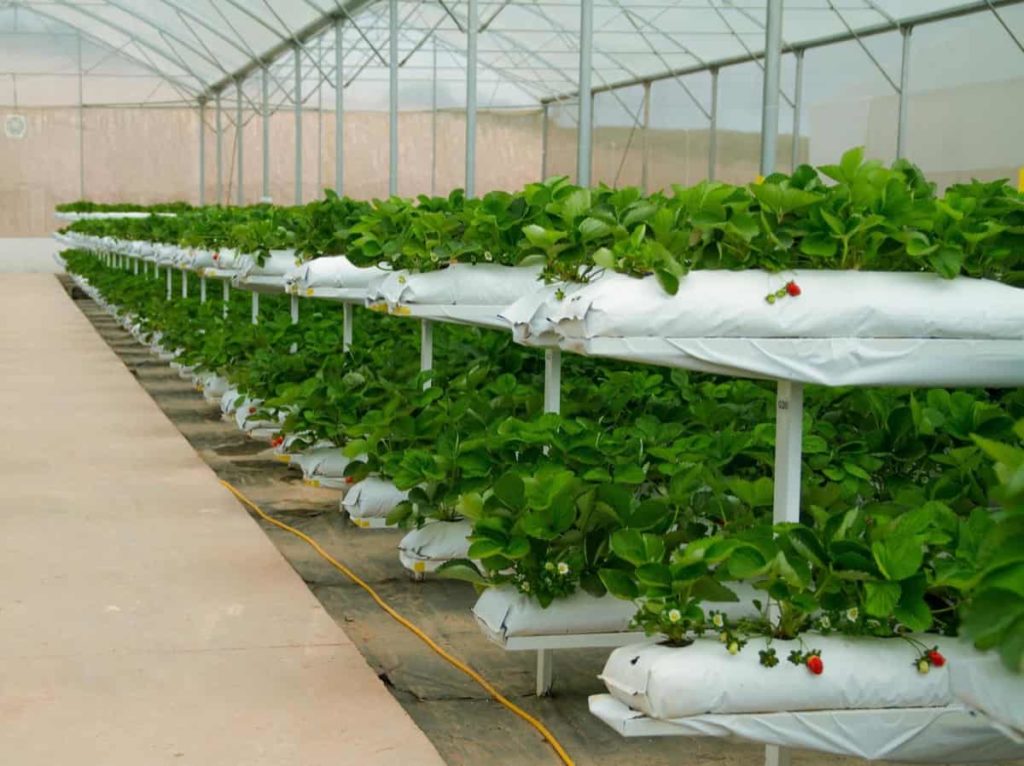
What are the best types of crops to grow in vertical farming?
- Because they are small and quickly developing, herbs and microgreens are constantly popular choices for indoor gardening. Almost any of them could run a hydroponic vertical farming business.
- There are many different reasons why leafy greens are popular. They are commonly fast-growing and perfectly suited for the majority of hydroponic systems in the world of vertical farming.
- As lettuces are frequently chosen for salads and sandwiches, they are a popular choice. In addition to being useful in many dishes, spinach also creates a nutrient-dense salad. Hence, spinach is also a popular choice.
How much water does vertical farming use?
- If you grow under ordinary conditions, each tower will consume approximately one gallon of water every day. Vertical farming allows us to produce crops with 70% to 95% less water than traditional agricultural methods.
- To grow leafy crops in hydroponic systems, we require 5 to 7 liters of water per square meter each day.
How much electricity does vertical farming use?
- Once the vertical farm is set up, you’ll notice that 65% of your electricity usage is from LED lighting, 20% is from air conditioners, 10% is from dehumidifiers, and the remaining 5% is from other equipment.
- Depending on the specific crops you select to produce, your vertical farm will need different amounts of electricity.
- How much electricity is required to cultivate plants that require different lighting conditions, including Romaine lettuce, the rocket that prefers shade, and garden strawberries are given approximately 65.26 kWh/month, 52.51 kWh/month, and 117.10 kWh/month, respectively.
In case you missed it: Best Practices to Grow Sweet Potatoes at Home: Check How this Guide Helps Beginners
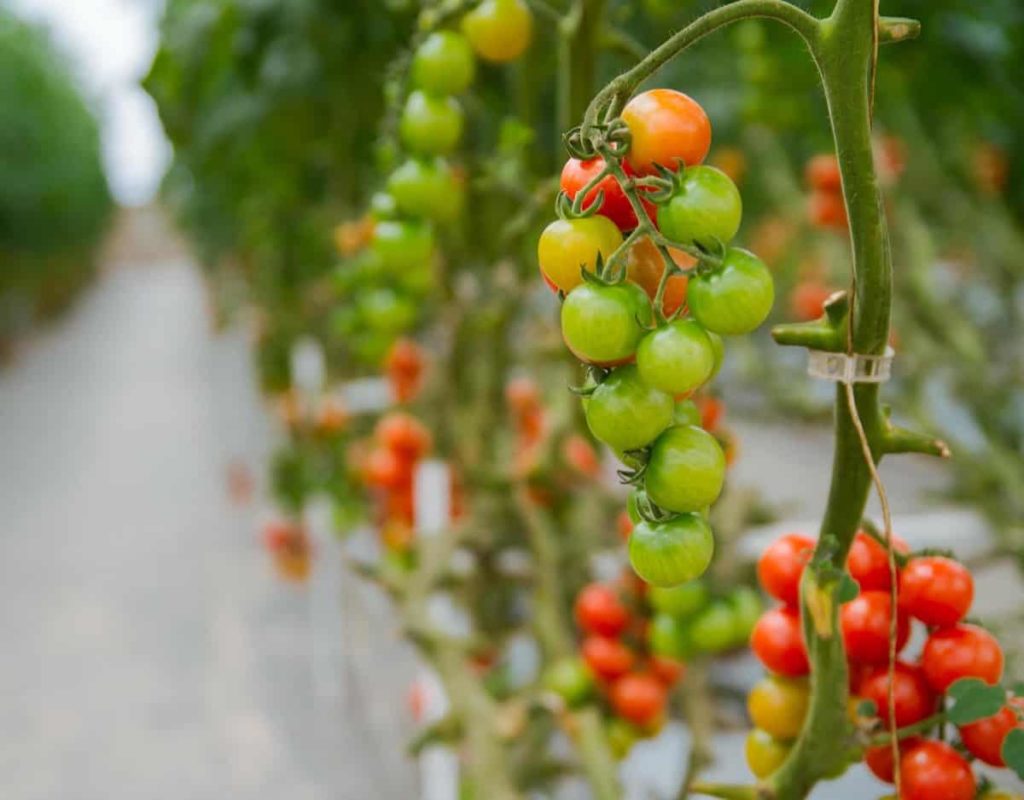
What are the requirements of vertical farming?
- Setting up and scaling up the infrastructure for vertical farming requires major investments. In addition, given the cost of production and returns on investment, vertical farming may be appropriate for growing fruits, herbs, pharmaceutical plants, and green leafy vegetables like basil, cilantro, or chives.
- In addition to vertical farming components and system types, it’s crucial to think about how the plants will be raised and their specific requirements.
- For effective growth, plants generally require four things: nutrients, carbon dioxide, water, and light. Before modernizing a facility or starting a vertical farm, each of these issues needs to be taken care of.
- The system, electrical, and plumbing structures are the three basic parts of all vertical farm designs. These three factors are crucial to take into account since they will determine the system’s location, the types of crops cultivated there, and the materials needed to build one. Before beginning a vertical farming operation, take into account these factors.
What is outdoor vertical farming?
- A hydroponic outdoor vertical farm system is utilized to maximize crop yield per unit area. Since they are adaptable, vertical farms can be customized to fit any piece of land.
- To reduce expenses on water supply, outdoor vertical farms can also use local groundwater. Despite being less expensive, an outdoor vertical farm can produce seven to nine times as much food on the same land as a typical farm.
How can I do vertical farming at home?
- The beauty of vertical gardening in the home is how little space it requires. An unfinished basement, kitchen corner, or closet can be the ideal place to start a vertical farm. You must be able to regulate the temperature and humidity as well as supply extra water, fertilizer, and artificial light.
- Starting a vertical farm at home can supply the family with fresh vegetables all year long, and with a little imagination, you might even be able to make it a successful company.
- You will need to purchase certain equipment before beginning a vertical farm. One option is a wire-rack shelving unit with grow lights. Another well-liked option is tower gardens made of PVC pipe. A hydroponic jar garden mounted on a south-facing wall in a bright kitchen might give your family a consistent supply of lettuce, herbs, and greens.
- What soil, a soilless medium, or a hydroponic system you use for vertical growing at home can also depend on your chosen equipment. These techniques can all result in nutritious, fresh vegetables. Although hydroponics and soilless mediums are often free from parasites and diseases carried by the soil, pests and diseases can be introduced into these systems and swiftly take over the plants.
In case you missed it: Common Dairy Cattle Diseases, Symptoms, and Treatment: Check How this Guide Helps Dairy Farmers
Conclusion
Technologies for vertical farming are still very new. Businesses need to find low-cost ways of increasing agricultural production in order to keep up with the ever-increasing demand for food. The effectiveness of farms like Aero Farms will determine how significant a portion vertical farming will play in addressing the problem of rising food demand in the future.
Although greenhouses can use natural sunlight and require significantly more space and longer routes to market, other sectors of the indoor farming industry are also adopting the technologies created for vertical farms. Vertical farming is unquestionably a solution to important problems in agriculture, such as a lack of or surplus in farm products, excessive use of pesticides and fertilizers, weakened soils, and even unemployment. Vertical farming is the answer to the problem of decreasing agricultural land.
- Management Pests and Diseases in Your Cotton Field
- Sheep Farming Business Plan for Beginners
- Aquaponic Farming at Home: A Step-By-Step Guide
- Profitable Village Farming Business Ideas in 2024
- High-Yield Aquaculture: Fast-Growing Fish for Farming
- Effective Fish Pond Construction Techniques for Beginners
- Irrigation and Water Management in Pineapple Farming
- Blossom to Harvest: Mastering Flowering and Pollination in Papaya Farming
- Pig Fattening Essentials: From Selection to Sale for Beginners
- Raising Wagyu Cattle: A Complete Guide for Premium Beef Production
- Soil Types and Their Water Holding Capacity
- Optimizing Irrigation Schedules for Coconut Groves for Enhanced Yield
- Espresso Your Garden: Coffee Grounds for Healthier Acid-Loving Plants
- The Best Soil Mix for Snake Plants: How to Mix Your Own Snake Plant Soil
- Green Thumb Success: Expert Tips for Cultivating Greenhouse Beans All Year Round
- Bloom All Year Round: The Ultimate Guide to Indoor Hyacinth Care
- Eco-Friendly Gardening: How to Make Liquid Fertilizer from Kitchen Waste
- Ultimate Guide to Grow Anise in Pots: Explore Seed Propagation to Harvesting
- Guide to Raising Chester White Pigs: Discover Breed Facts to Growth Management
- Mastering the Elegance: The Ultimate Guide to Weeping Cherry Tree Care, Planting, and Maintenance
- Ultimate Guide to Planting Garlic in Grow Bags: Growing Strategies for Beginners
- How to Fix Spider Plant Leaf-Related Problems: Natural and Organic Remedies
- 10 Reasons Why Your Tulsi Plant is Shedding Leaves: Home Remedies and Solutions
- Optimizing Growth and Yield: The Advantages of Palm Bunch Ash Fertilizer
- Utilizing Neem Oil Extract as a Natural Pesticide for Hydrangea
- From Soil to Harvest: Various Ways in Which Farmers Can Use AI Tools
- Steps to Encourage and Induce Citrus Flowers: A Comprehensive Guide
- How to Fix Snake Plant Leaf-Related Issues: Natural and Organic Remedies
- Transform Your Garden into a Fragrant Oasis with Raat Ki Rani (Night Blooming Jasmine)
- Discover the Ideal Chicken Breeds for Philippine Farms
- How to Create a Poultry Egg Farm Business Plan for Profits
- Grow Lemon Cucumbers Like a Pro: Insider Techniques for Bountiful Yields
- Ultimate Guide to Caring for Your Pink Princess Philodendron: Tips for Thriving Variegation
- Areca Nut Profit Per Acre: Calculating Yield and Cost of Cultivation
- How Kaveri Chicken is Becoming a More Profitable Breed in Indian Backyards
- Transform Your Barn: 9 Steps to Convert a Horse Stall into a Chicken Coop

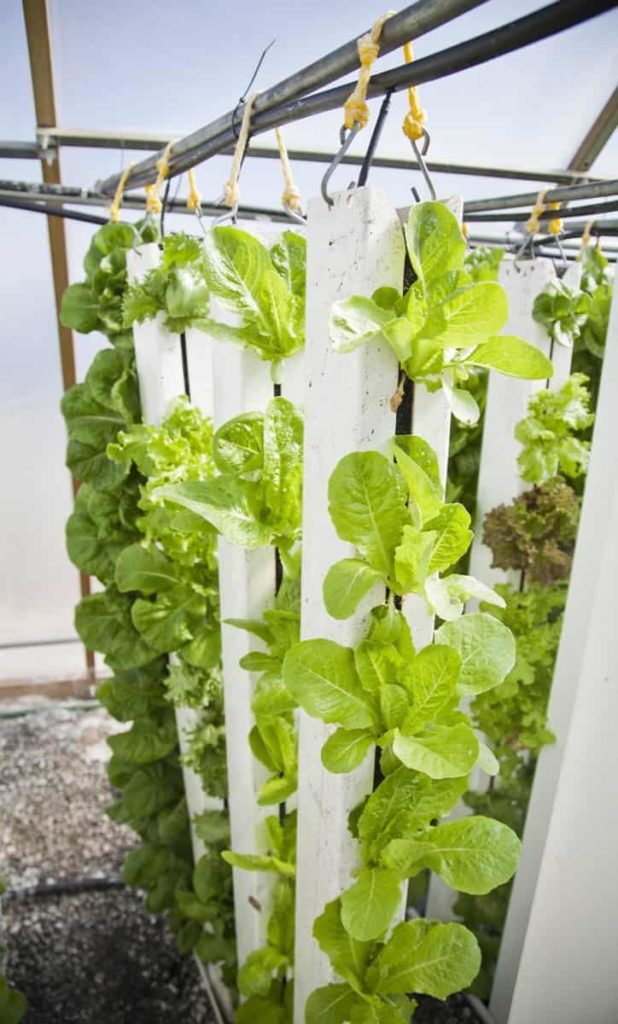
Thanks for sharing such useful information on hydroponic. One need good training and support to commercially venture into this concept of farming. Can you share details for training (onsite) as with hand on experience a person confidence is boosted in this highly technical and scientific venture.